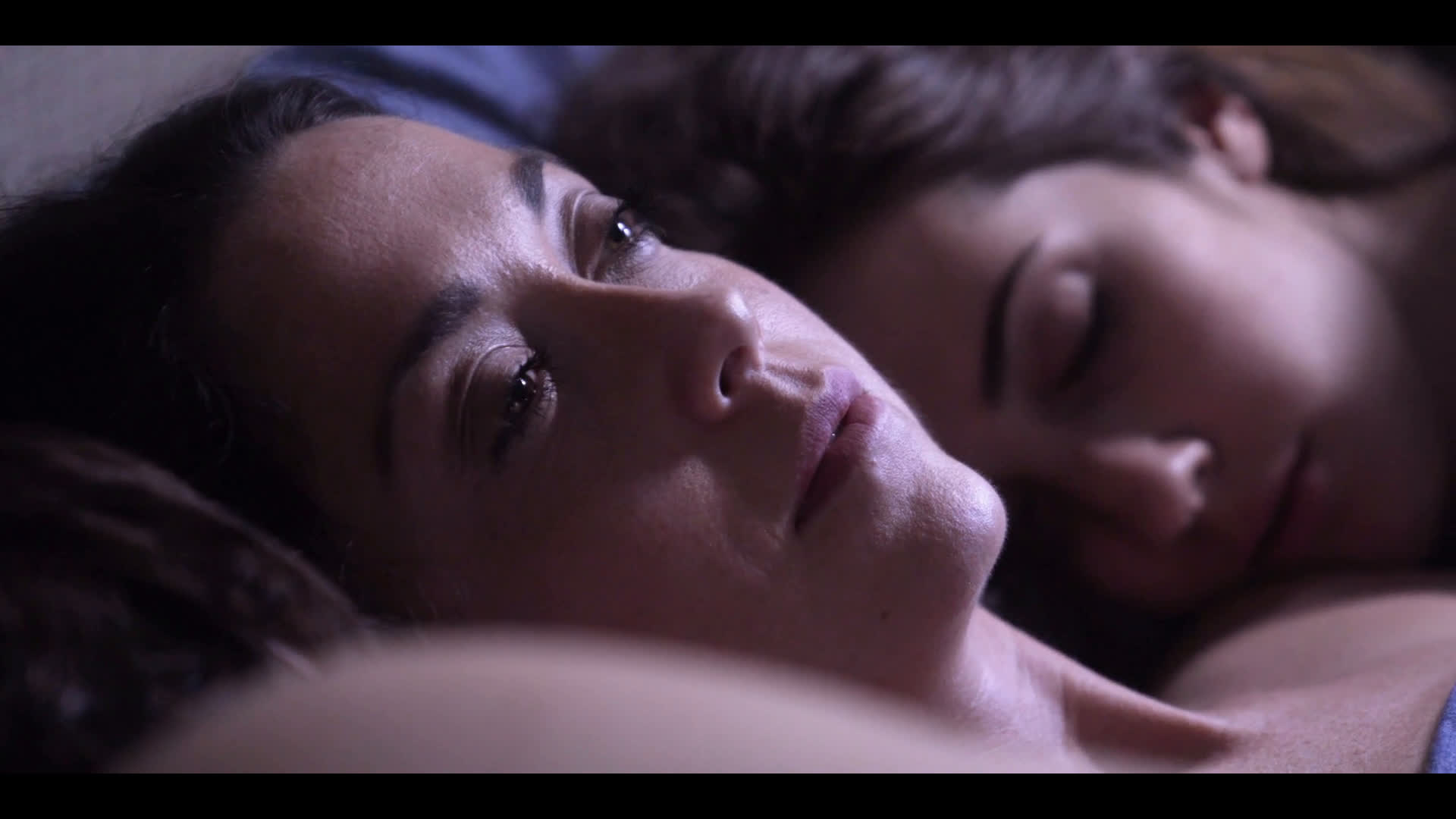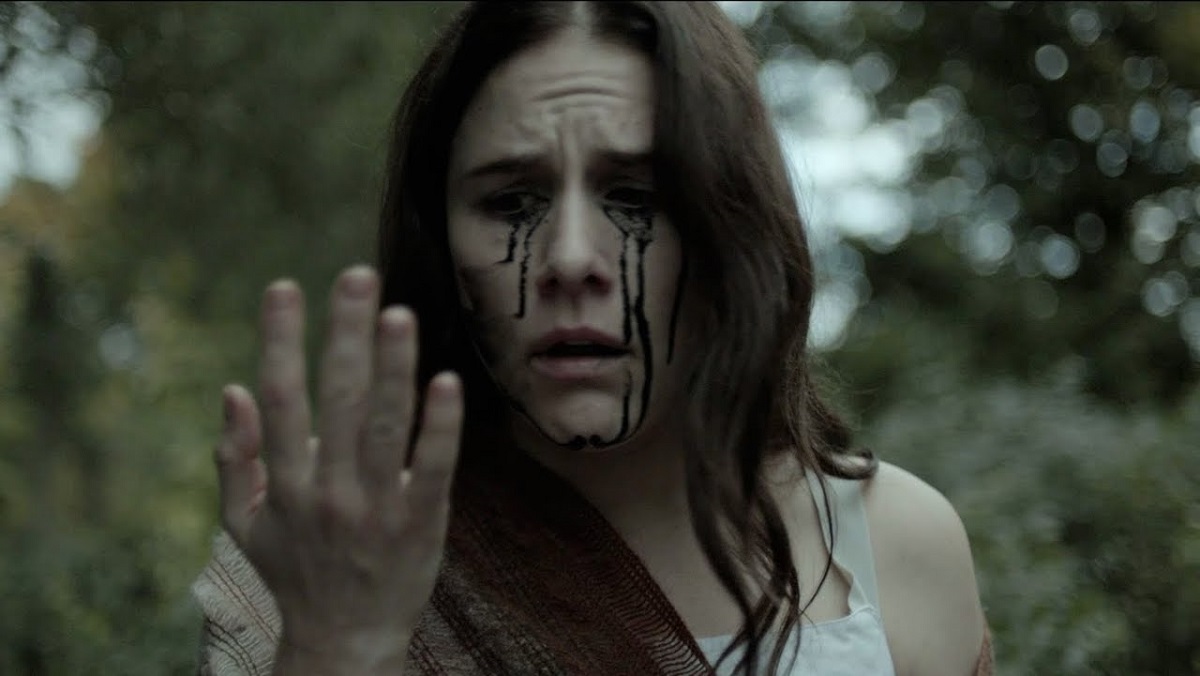Sator
by Hope Madden
There are a lot of films that can be considered a passion project. Sator fits the category, that passion coming from writer/director/producer/cinematographer/composer Jordan Graham.
Graham essentially did everything besides act, and it gives the film a specific vision that’s clearly undiluted by collaboration. That is in the film’s win column, but it’s also a bit of a loss.
Graham’s vision is one of isolation, dysfunction, paranoia, and mental illness—or it’s about the presence of a supernatural being with bad intentions concerning Adam (Gabriel Nicholson) and his family.
The sound design here is as impressive as the way Graham guides us visually. The filmmaker shifts slowly between different aspect ratios, as well as from black and white to color and back. The movement is so gradual as to almost hypnotize.
Meanwhile, somewhere in the background Nani (June Peterson)—Adam’s grandmother—talks on and on. The voice is pre-recorded, and she’s talking about, and sometimes talking for, a presence.
Graham slides in an out of the audio, which often mismatches the visual although all of it blends into a dreamlike horror. The film resembles a nightmare, but it may also simply resemble a form of mental illness that is itself a bit of a nightmare.
Graham’s slow burn unveils trauma as it wallows in its aftermath, and the thick fog of delusion hangs everywhere. But films like this sometimes paint themselves into a corner because there are no real answers, and the audience investment needs to be repaid somehow.
Here’s where Sator comes up slightly short. Though the sudden punctuation of violence startles you from the dream of the film and provides a reasonable and horrific cap to the picture, it’s hard to shake the feeling that the whole adventure took too long. Act 2 feels too often like a slog, and the entirely unresolved images peppered here and there wind up feeling less like spooky ambiguity and more like points of frustration.
It’s not nearly enough to sink this Herculean effort. Graham’s film possesses an artistry that can’t be denied, and it succeeds more than it fails.














